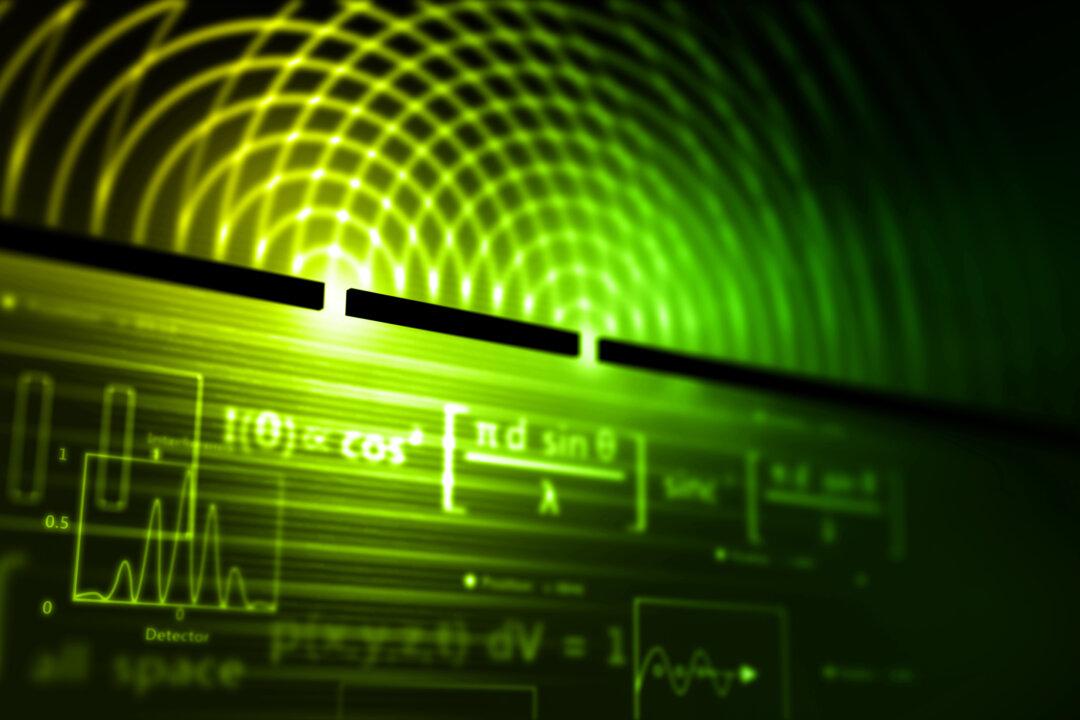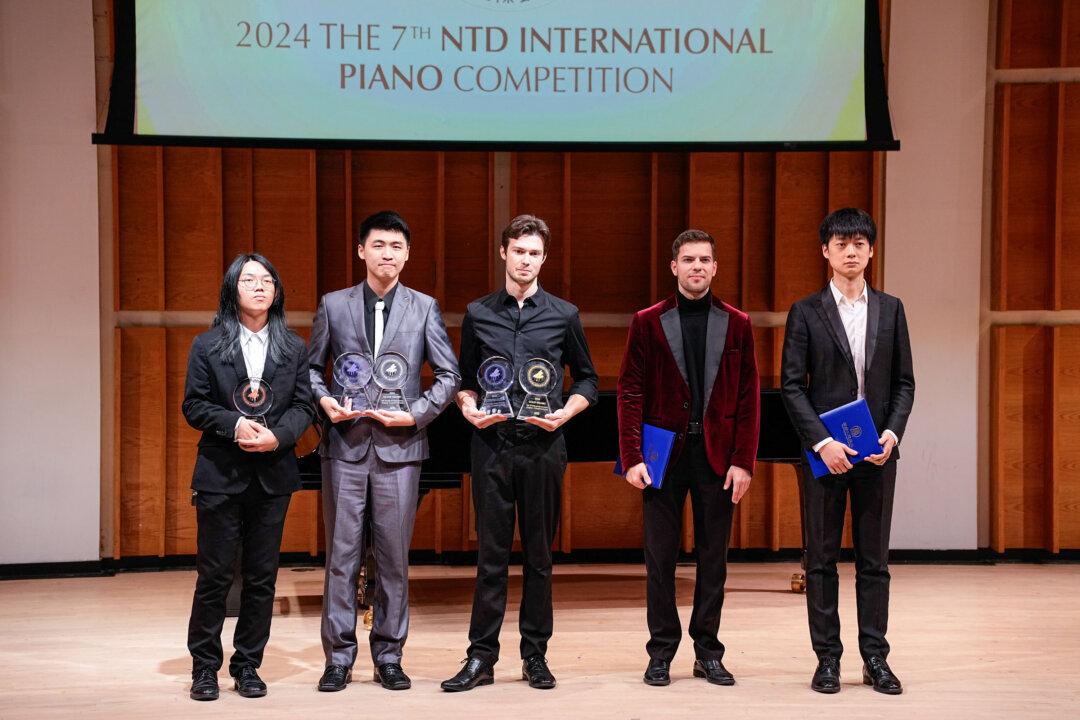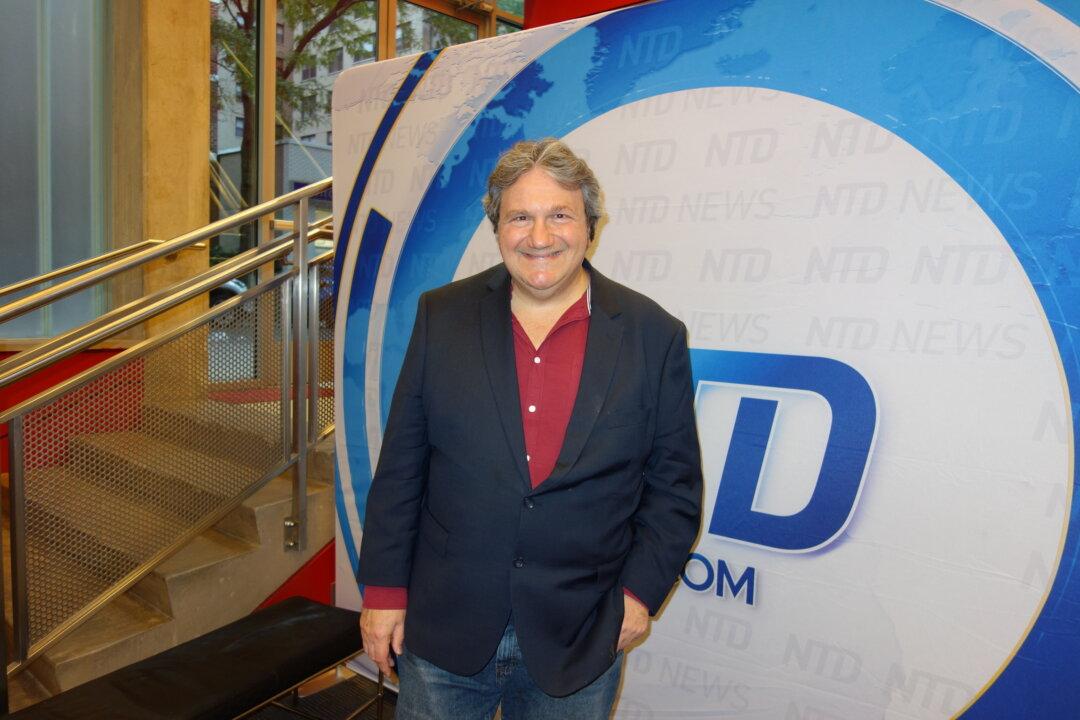A famous experiment in quantum physics called the double-slit experiment has long raised the much-debated question of whether mind can affect matter. What if our thoughts or observations could change the way something moves? Imagine if your consciousness could change the outcome of events.
The Institute of Noetic Sciences (IONS) has spent half a century pondering such questions (it recently celebrated its 50th anniversary). And at an IONS conference on June 24, the organization’s chief scientist, Dean Radin, gave an update on where the science currently stands on the double-slit experiment and consciousness.







